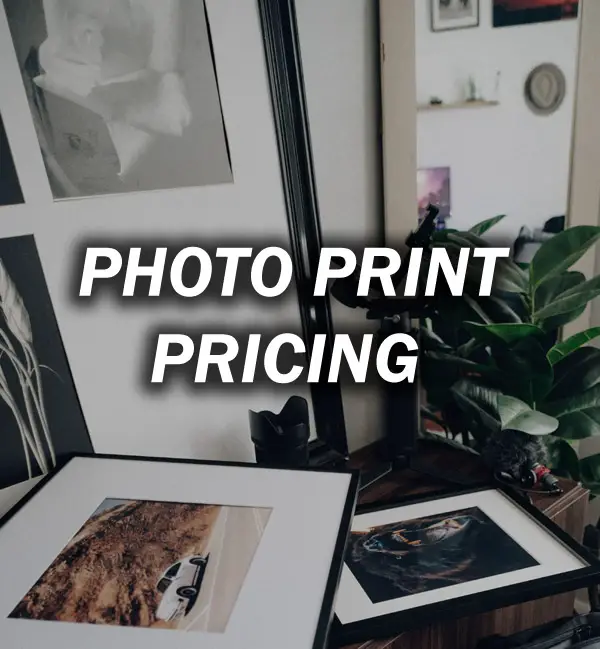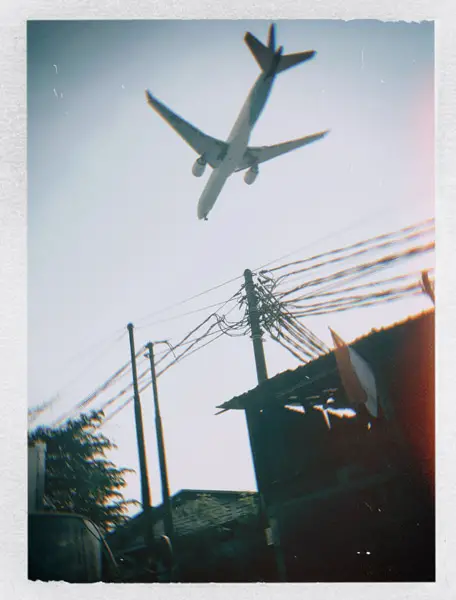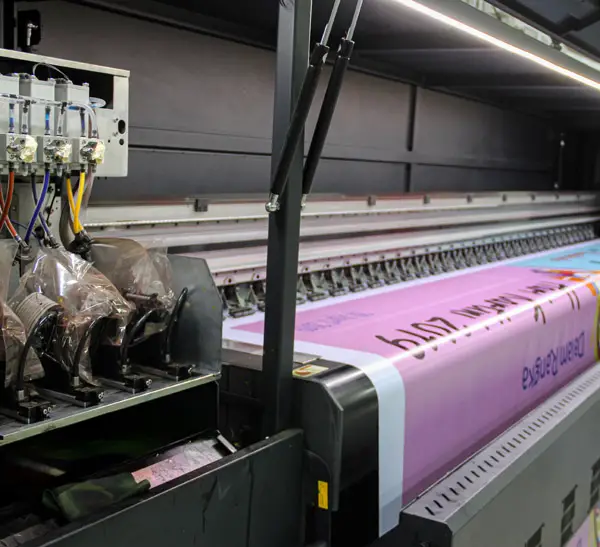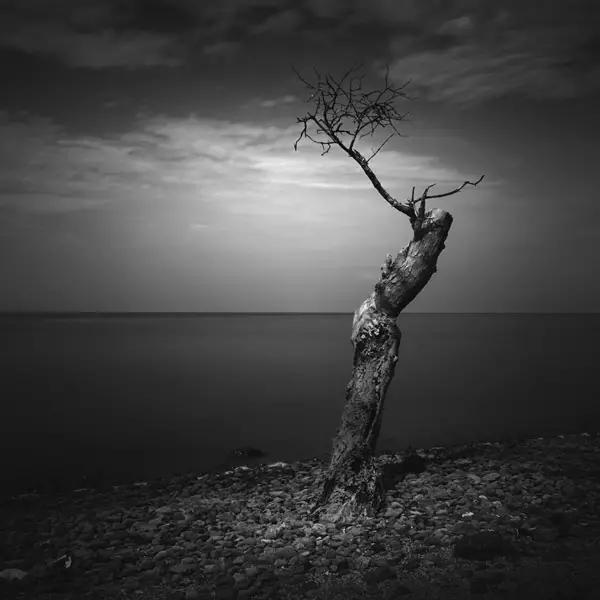Have you ever stared at a stunning photography print, captivated by its beauty, and wondered about the price tag? Or perhaps, as an artist yourself, struggled with setting the right price for your own prints?
Pricing is an art in itself…
A subtle dance between covering costs and creating value. A delicate balance of number-crunching facts intertwined with emotional appeal. The heart beats faster when we look at beautiful imagery – whether it’s capturing the raw power of a city’s skyline or preserving that magical moment just after sunset.

In this complex world of fine art photography, how do you strike that perfect balance?
You’re not alone if these questions keep you up at night! We’ve all been there… Fear not, aid is near!
This guide will help you navigate through the complexities with ease.
The Art of Pricing Photography Prints
Setting a price for photography prints is an art in itself. Understanding the worth of your work, keeping an eye on market trends and comprehending how these factors interact with each other are essential to setting a price for photography prints.
Importance of Print Quality in Pricing
A critical factor that impacts the price point is print quality. Just as fine wine fetches higher prices due to its superior taste, so do high-quality photo prints command more dollars because they offer better visual appeal and longevity.

To put this into perspective, consider two photographs: one printed on low-grade paper using standard ink versus another printed on archival quality paper using pigment-based ink. The former might fade or discolor over time while the latter will retain its vibrancy for decades. Archival papers and high-quality printing processes, therefore, increase a print’s lifespan significantly but at an additional cost which gets factored into pricing.
The Role of Exclusivity in Print Pricing
Beyond material considerations lies another crucial aspect – exclusivity. Limited edition prints often come with higher price tags compared to mass-produced ones simply because they are rare commodities. The average price range for photography prints varies between $50 and $500, a spectrum influenced by several elements including the photographer’s reputation, size of the print along with its quality and rarity. This won’t ensure all restricted versions will be popular, but it does give photographers a benefit in the market.
Take a limited edition print of your city’s skyline for instance; there might be hundreds of photographs available online, but if you offer a unique perspective and limit its availability to say 50 prints, that exclusivity can warrant a higher price point. Selling limited editions, therefore not only helps artists stand out from the crowd but also enables them to tap into buyers’ desire for something special.
But remember, quality and exclusivity are just the start of setting a price. There’s still more to consider.
Cost Considerations in Photography Print Pricing
When it comes to selling prints, understanding the ins and outs of photography print pricing is crucial. A significant part of this process involves considering material costs like paper and ink that can make a difference in your final price.
Understanding Printer Costs
The first step towards mastering photography pricing is gaining an insight into printer costs. The type of printer used for photo printing greatly impacts the cost per print. For instance, commercial-grade printers might offer high-quality results but at a steeper price than consumer-level ones.

In addition to the initial purchase or rental expense, maintenance should be factored into your pricing structure too. This includes replacing parts over time and routine servicing to ensure optimal performance.
Apart from these overheads, you also need to consider running expenses such as electricity consumption which could add up when producing mass quantities of prints.
Paper & Ink: More Than Just Materials
Paper choice plays an integral role in determining both quality and cost of your photo prints. Fine art photographers often prefer higher grade paper stock due to its ability to render colors more accurately thus adding value – but with increased cost attached.
- Fine Art Paper: This luxurious type provides exceptional color accuracy along with superior longevity – perfect for limited edition prints where exclusivity matters.
- Luster Photo Paper: An affordable yet impressive option loved by wedding photographers for its satin-like finish combining glossiness without being overly shiny – great balance between quality and affordability.
- Glossy Photo Paper: Popular for its vibrant color reproduction, glossy paper is often the go-to choice for landscape photographers who want their images to pop.
Ink cost also varies depending on the type used. Pigment-based inks offer better longevity and fade resistance compared to dye-based ones but come at a higher price point. Therefore, choosing your ink wisely will help you strike a balance between quality and profitability.
And it’s not just about physical resources like paper and ink. The time you put into the process also plays a big role in how much photography prints end up costing.
Market Influence on Photography Print Pricing
Setting the right price for your photography prints is a delicate dance. You want to cover your costs, but you also need to consider the market demand and target audience. If we dive into these considerations, we’ll see that they have an enormous impact on how photographers price their work.
Selling Prints to Art Collectors
The world of art collectors operates under its own set of rules. A shot of a cityscape may not be as attractive to someone seeking decoration for their abode, compared to an art collector who views it within the context of a larger narrative or collection.

In this context, limited edition prints can be particularly appealing due to their exclusivity factor. The idea that only a certain number exist in the entire world makes them more valuable – and thus more expensive – than mass-produced photos sold at big box stores.
This emotional connection often justifies higher prices in fine art photography circles because buyers aren’t just paying for ink and paper stock; they’re buying into an artist’s vision, which comes with its unique pricing structure.
The Role of Usage Intentions
Your print’s intended use greatly influences its pricing too. For example, commercial clients like advertising agencies or businesses are usually willing to pay top dollar if your image fits perfectly within their marketing campaign concept – far more than what private individuals might offer for personal decor purposes.

Moreover, the format in which your work will be used can also affect its price. Digital images for online use are typically priced lower than prints destined for high-end advertising campaigns or large-scale exhibitions.
Pricing Photo Prints For Different Markets
Every market boasts a unique mix of factors, shaping its identity and defining the way it operates. It’s an intriguing ecosystem where trends, demands, and opportunities constantly evolve.
Online Platforms and Photography Print Pricing
But just like in real mining, knowing where and how to dig is key.
Navigating Print Sites for Optimal Pricing
With the myriad of print sites, setting an attractive pricing structure may seem daunting. Let’s break it down.
To start with, each platform has its own unique marketplaces and e-commerce features. Knowing these will let you take full advantage of their offerings. The more familiar you are with the platform’s options, the better positioned you’ll be to make informed decisions about pricing your work.
Pick Your Platform Wisely:
- Etsy: This popular marketplace attracts buyers who appreciate handmade or vintage items – including fine art prints.
- Society6: With its emphasis on independent artists’ designs across multiple product types (including photo prints), this site offers creators freedom in determining their price points above a set base cost.
- Fine Art America: A platform geared towards fine art photography where artists control their markup over base printing costs for various products – from canvas wraps to framed prints.
Differentiating between these platforms is important because each one offers varying degrees of flexibility when it comes to setting prices for your work. Research shows a wide range of potential earnings among different photographers using similar platforms due largely to differences in pricing strategies.
The Right Price Point
Setting the right price point for your photography prints on these platforms is crucial. A common strategy is to research other photographers who produce similar work and gauge their pricing structure.
Online buyers tend to purchase more when they perceive a deal, so competitive pricing can be an effective tactic in some markets.
The Print Quality Factor
Choosing the right print quality can seriously impact your final selling price. So, you’ll have to factor in both material costs and more.
Balancing Value and Appeal in Photography Print Pricing
Getting your photography print pricing right is a fine art, not unlike the process of capturing that perfect shot. Figuring out the amount patrons are ready to shell out while ensuring your work isn’t undervalued by setting fees too low is a challenging task.
The Delicate Dance Between Price and Perceived Value
Pricing isn’t just about covering costs or making a profit; it’s also linked with perception. Customers often associate higher prices with better quality. But set the price point too high, and potential buyers might be scared off.
To strike this balance, consider factors such as time spent on each piece, the cost of materials like quality paper stock used for prints, any printing services employed, and business models which may involve selling prints in mass quantities or offering limited editions only. Remember: what works well for one photographer’s business model may not work so well for another.
Understanding Your Market & Customer Expectations
Your audience plays a crucial role in determining price points. Are they collectors seeking exclusive edition prints? Or perhaps newlyweds looking to invest in their first piece of wall art from their wedding photographer?
Different markets have different expectations when it comes to photo album contents or standalone photos sold separately—this could range from landscape shots to emotive portrait photography images that forge an emotional connection between subject matter and viewer.
Creating Scarcity With Limited Edition Prints
A savvy way some photographers add value is by limiting availability – hence why you’ll see many offer limited edition prints. By controlling the supply, you create an air of exclusivity that can drive up demand and allow for a higher price point.
However, this tactic requires careful thought about how many copies to sell in each edition. Too few and potential buyers may miss out; too many and it could dilute the perceived value of your work.
Digital Images Versus Print Photos
Despite the popularity of digital photos, there’s still a charm in owning physical photo prints. It gives us something tangible to hold onto and cherish. This creates a unique opportunity for photographers who can balance the convenience of digital images with the timeless appeal of printed photos.
FAQs
How much should I charge for my photo prints?
Your price depends on print quality, size, and exclusivity. On average, photography prints go between $50 to $500.
What is the standard markup on photography prints?
A common practice is to mark up costs by 200-300%. But consider factors like your reputation and target market too.
Why are 5×7 prints so expensive?
Pricing isn’t just about size. Material costs such as paper and ink add up; plus there’s the value of your creativity.
How do I price my photography to sell?
Balancing appeal with value matters. Price it right—don’t undervalue your work or outprice potential buyers from purchasing.
Conclusion
Mastering the art of pricing photography prints is a journey…
This Photography print pricing guide was your map. You’ve explored how quality and exclusivity influence price, delved into cost considerations, examined market influences, and navigated online platforms.
Pricing prints doesn’t have to be daunting…
It’s about understanding what you offer – from limited editions that ignite excitement in collectors’ hearts to stunning landscapes printed on quality paper that leave viewers awestruck.
Dive deep with courage and clarity. With these insights at hand, strike the perfect balance between value and appeal as you price your work confidently. Click the following link to learn about pricing photography in general.








